Shimane Prefecture — located in the southwest of Japan’s main island near Hiroshima Prefecture — is an off-the-beaten-path destination known for traditional tea culture, sword making and one of Japan’s most beautiful gardens among other treasures. Shimane’s most famous attraction, however, is undoubtedly the city of Izumo.
It is said that all of Japan’s Shinto deities gather in Izumo once a year to determine what connections people will make in the future. For this reason, Izumo is considered a land of en-musubi (binding of fates). Singles often visit Izumo hoping to gain the good fortune needed to find their soulmate or heal a broken heart. Couples, meanwhile, visit Izumo as a romantic getaway. For all travelers, Izumo offers limitless things to see and do.
Bullet train passengers can access Izumo by disembarking at Okayama station and transferring to the Yakumo limited express. Alternatively, domestic flights to Izumo Airport depart from multiple major cities and the Sunrise Express sleeper train runs directly from Tokyo.
Read on for a quick guide to some of the must-see places in and around Izumo.
Make a pilgrimage to the shrine and sunset
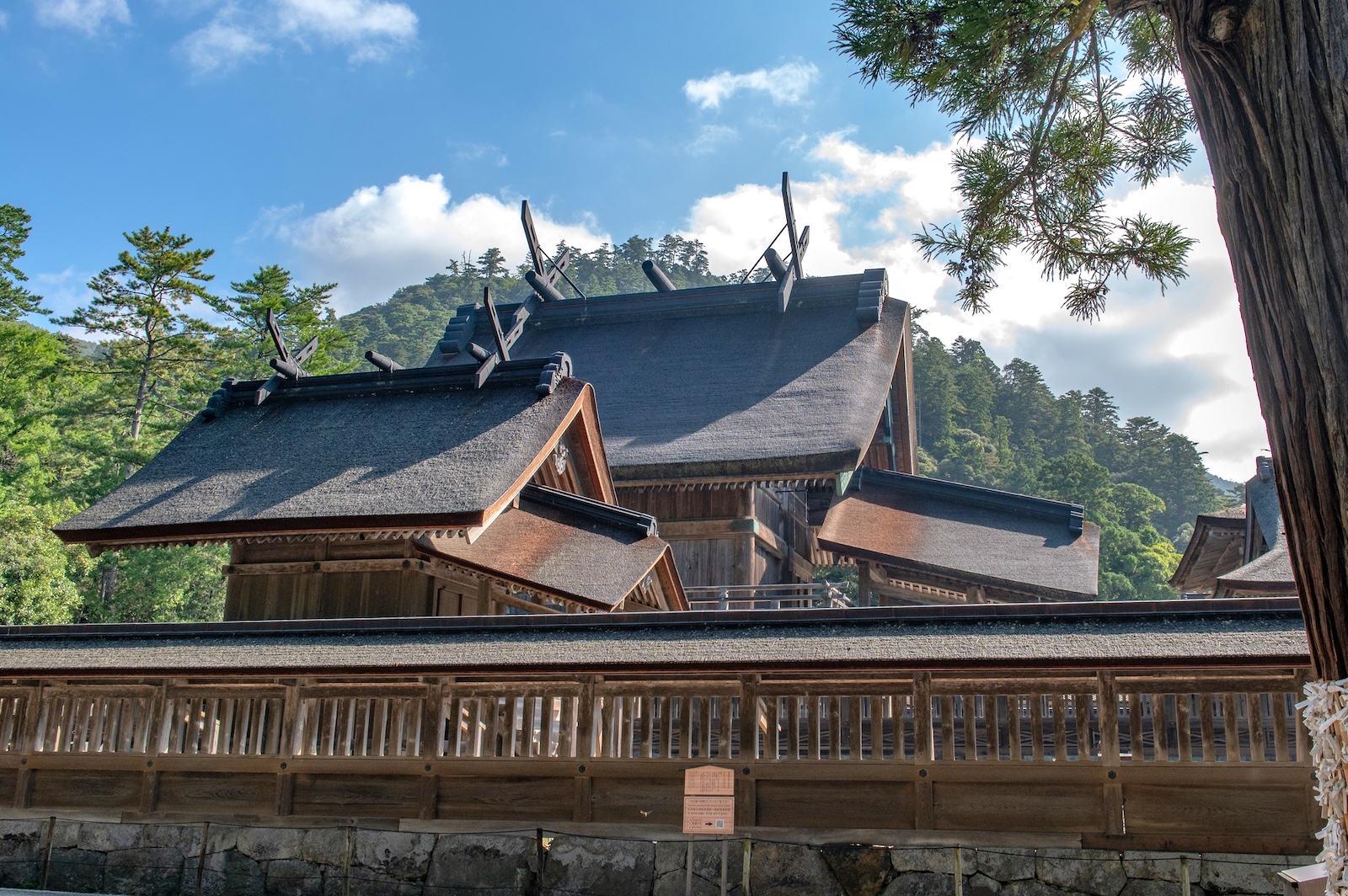
When the Shinto deities gather in Izumo, they stay at Izumo Taisha — one of Japan’s most culturally significant shrines and home to Okuninushi, the god of en-musubi. Here, prayers for connections of any kind are believed to be strong, but romance is the most popular wish.
Prayer etiquette at Izumo Taisha differs from other places of worship. Most Shinto shrines ask visitors to clap twice before praying, but at Izumo Taisha, people clap four times. This is believed to show a high level of respect.
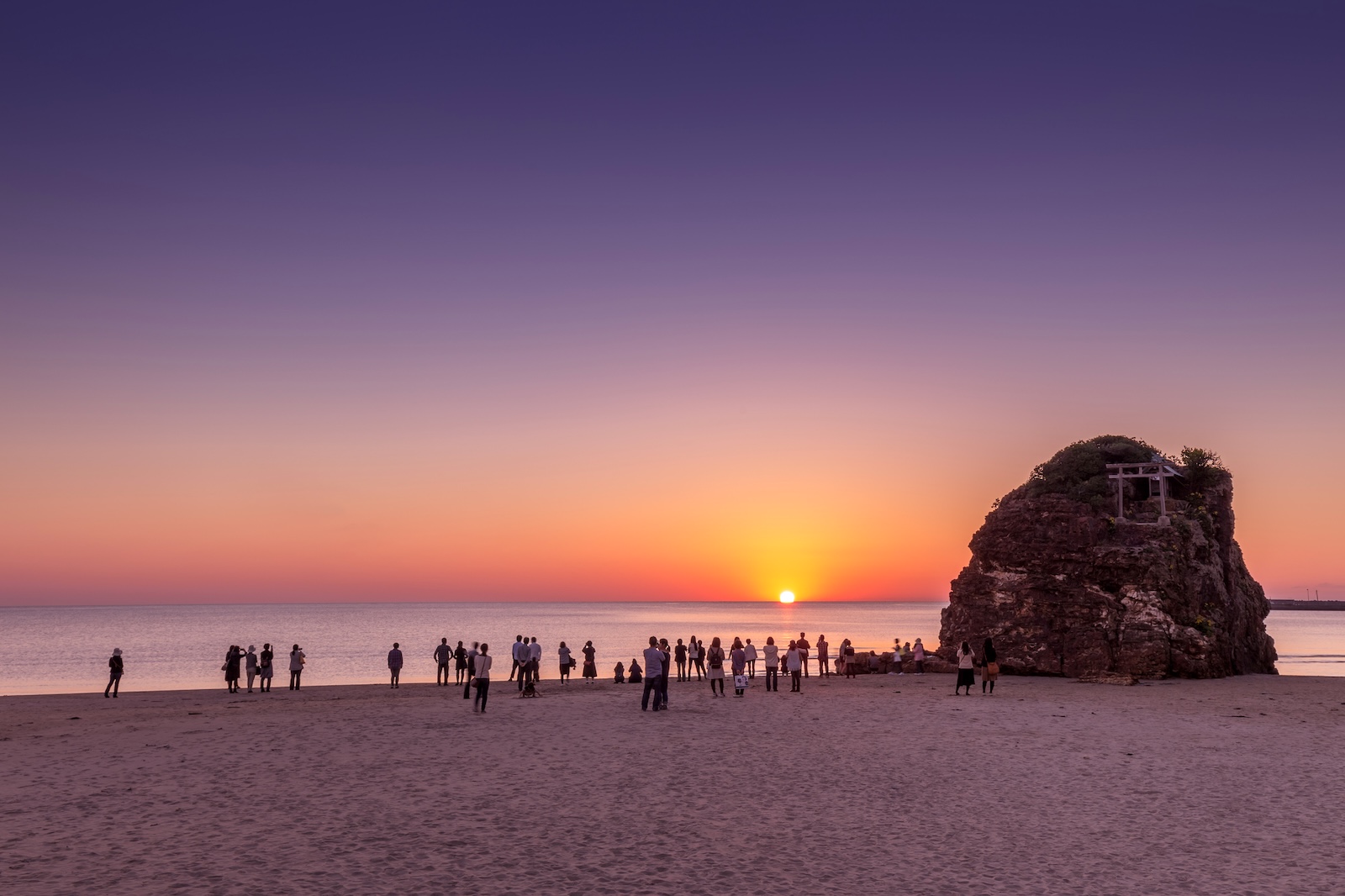
After praying at the shrine, history and mythology buffs can walk to the Shimane Museum of Ancient Izumo to learn more about regional history and Izumo Taisha’s significance (multilingual audio guides are available). Shops and restaurants are also nearby on Shinmondori shopping street. This is one of the best places to try local foods or buy regional crafts. At the end of the day, take a stroll to Inasanohama Beach (about a 20-minute-walk from Izumo Taisha) and witness one of Shimane’s most picturesque sunsets.
The Izumo Taisha area is accessible by bus from JR Izumoshi station or by train via the privately-run Ichibata Electric Railway (departing from Dentetsu Izumoshi station, adjacent to the JR station). Make sure to change trains at Kawato station, then alight at Izumo Taisha-Mae.
Get a fresh start in the merchant district
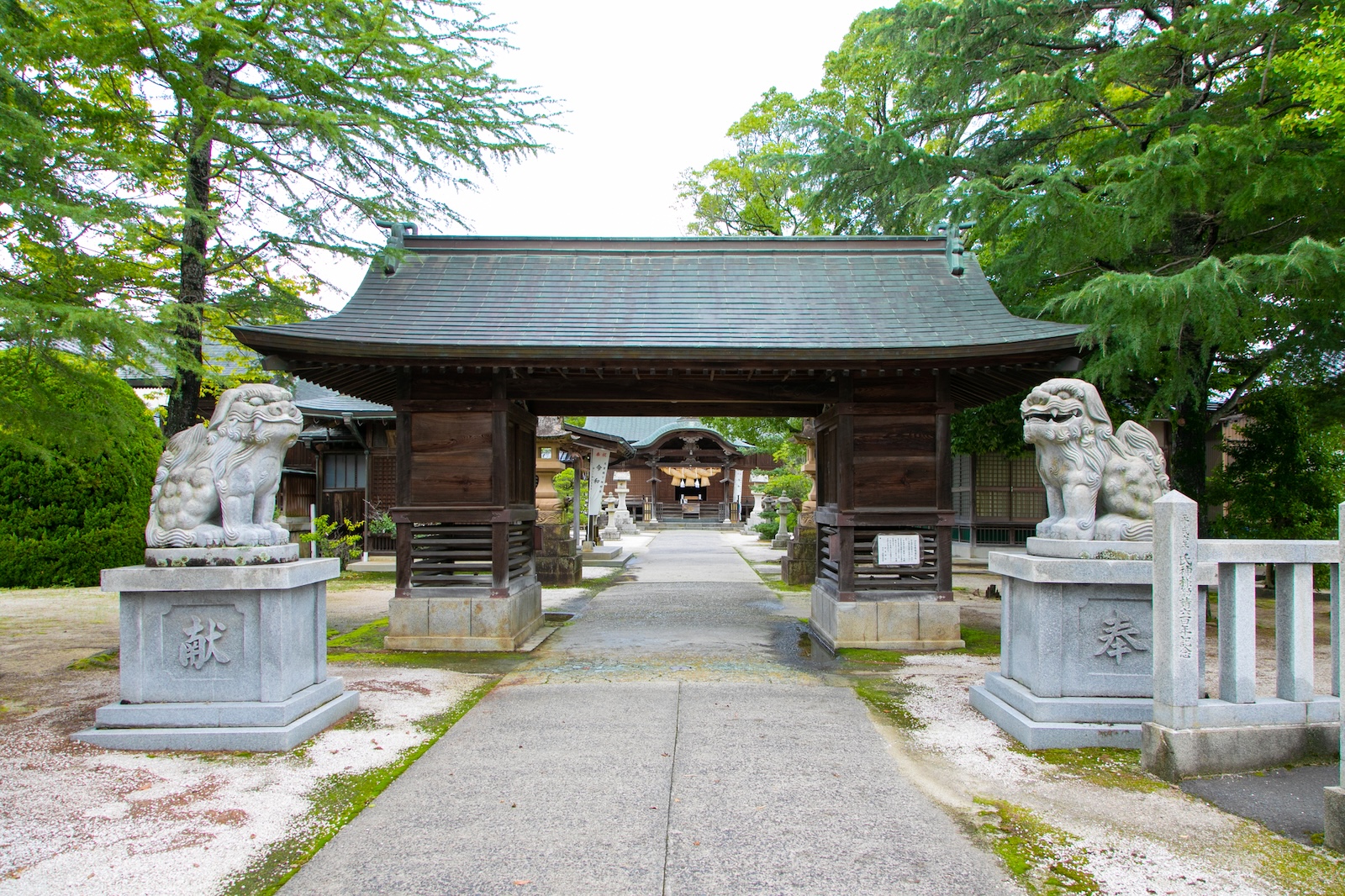
If you are riding the Ichibata Electric Railway and do not change trains at Kawato station, you can continue to Unshu-Hirata station. From here, Umi Shrine — known for the power of enkiri (cutting ties) — is only about 10 minutes away on foot.
Umi Shrine is a pilgrimage site for those who have something they wish to leave behind such as a bad habit or relationship. Visitors can unload their burdens by offering a prayer or performing a ritual with an enkiri warifuda (tie cutting tablet).
One side of the tablet provides space to write your name and a wish for the future, while the other side is reserved for writing the thing you hope to leave behind. Split the tablet in half and leave the portion bearing your burden at the shrine. The portion that holds your name and wish for the future is yours to take home.
Umi Shrine’s surroundings are also worth exploring. Known as Momen Kaido (Cotton Road), this historic merchant district is home to businesses that have operated for centuries. Sake (rice wine), craft soy sauce, ginger candy and soy sauce ice cream are among the most famous items for sale here.
After visiting Umi Shrine, pilgrims often head to Izumo Taisha to pray for new connections and good fortune.
Explore beyond the city
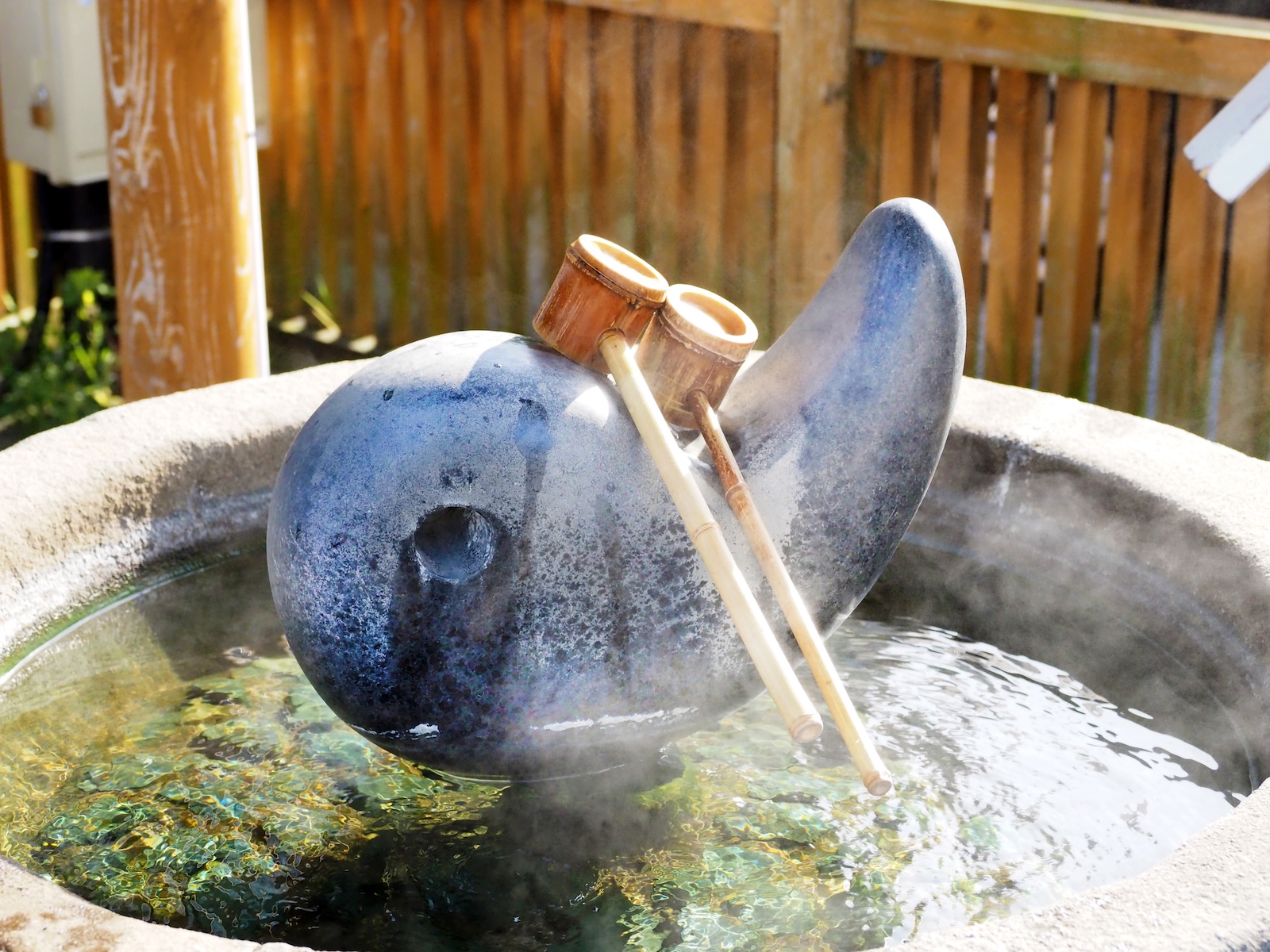
While Izumo is the name of a city today, eastern Shimane Prefecture was known as Izumo Province (or Izumo Domain) in the past. After dedicating a day to Izumo city, visitors can spend a second or third day exploring the modern face of the old province.
Hot spring enthusiasts should take a train from JR Izumoshi station and disembark at Tamatsukuri Onsen — one of Japan’s oldest hot springs. Free ashiyu (hot spring foot baths) line the river running through the main part of town, while day-use baths allow visitors to take a full-body soak in water famous for promoting beautiful skin. Overnight guests, meanwhile, can experience Japan’s famous hospitality at one of many local ryokan (traditional-style inns).
Take a train from Tamatsukuri Onsen to Matsue station, and from here a local city bus brings visitors to Yaegaki Shrine. According to legend, after the Shinto god Susano’o rescued the goddess Kushinadahime from being devoured by an eight-headed serpent, the two were married at this shrine. Local guides say that this story makes Yaegaki Shrine the site of Japan’s first marriage for love.
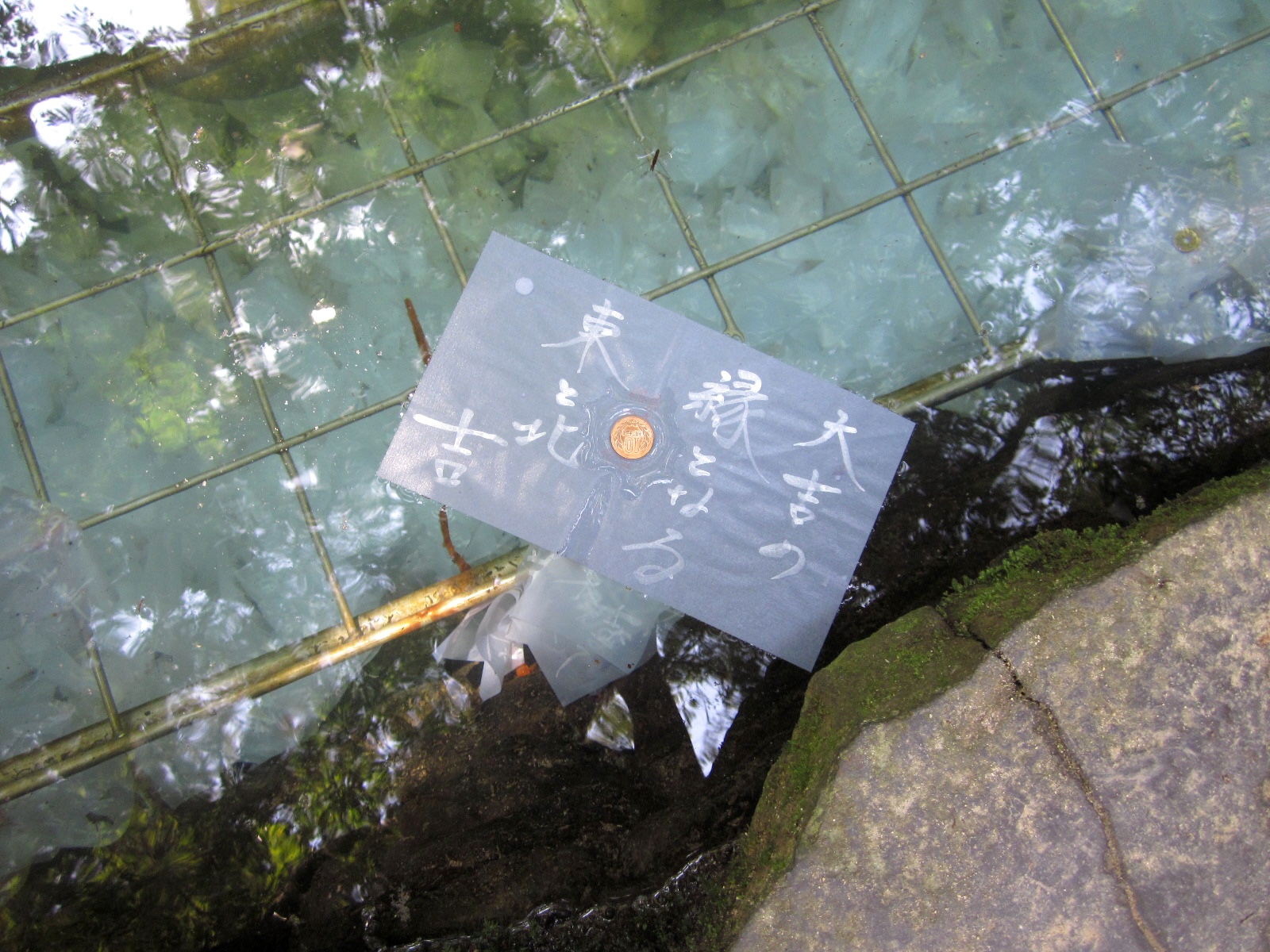
Past the main shrine building, those wishing for true love can predict their future using the so-called Mirror Pond. Buy a special piece of paper at the shrine office for ¥100, then carefully place the paper on the pond’s surface along with a ¥10 or ¥100 coin. The length of time it takes for the paper to sink hints at when one’s soulmate will arrive.
Those who have lost loved ones, meanwhile, should take a train from Matsue station to Iya station. Yomotsuhirasaka, rumored to be the entrance to the underworld, is about a 30-minute-walk from here. Besides a giant boulder — which supposedly seals the underworld’s entrance — this site features a unique mailbox. A sign in Japanese explains that letters in Yomotsuhirasaka’s mailbox will be ceremonially burned by priests at the nearby Iya Shrine, sending messages to departed loved ones on the fire’s smoke.
The journey begins
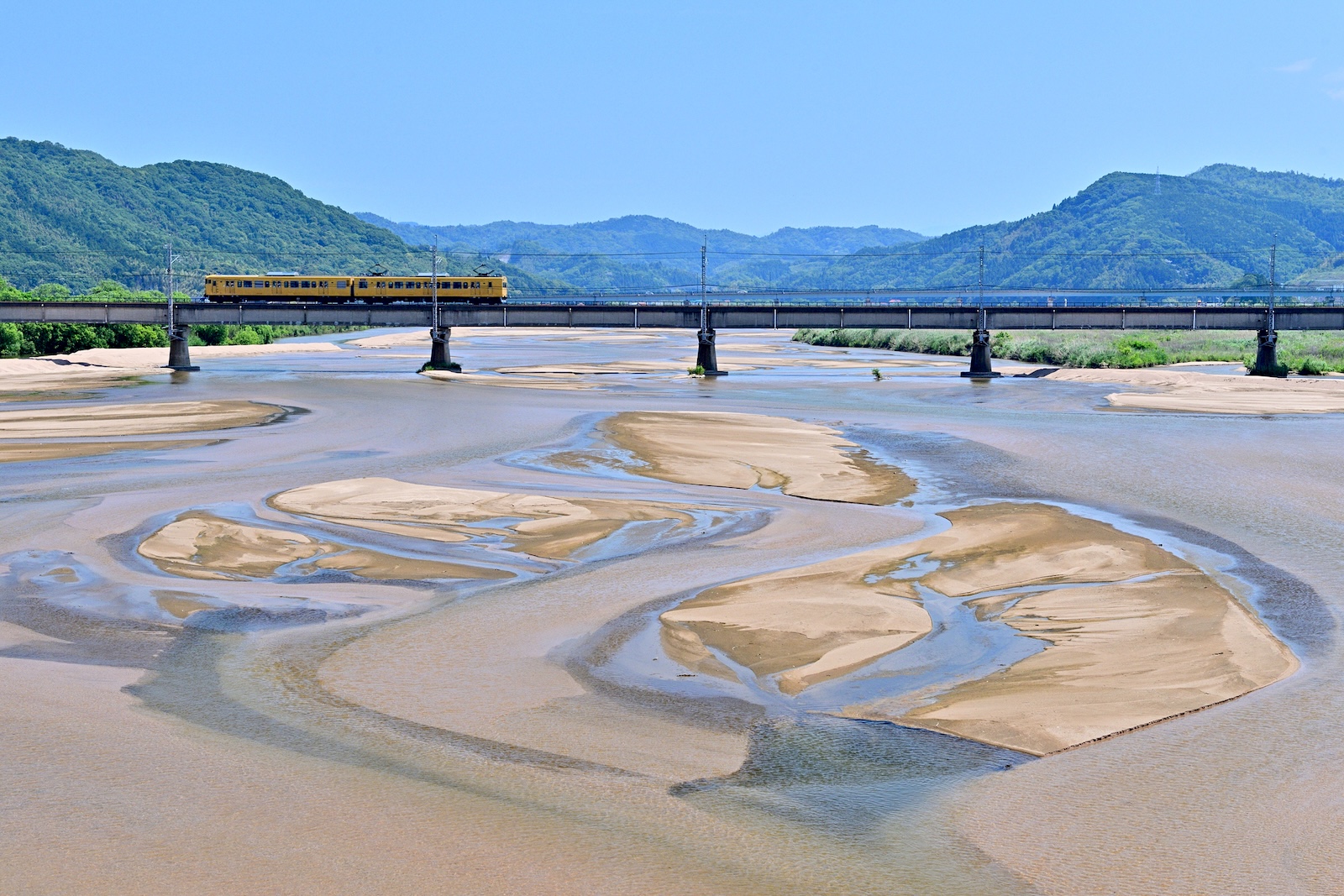
Although Shimane is a rural prefecture, regional multilingual resources such as the Shimane Interpreter Guide Association, ThoughInaka (a local tour company) and official tourism social media pages such as Discover Shimane (on Facebook, Instagram and YouTube) assist travelers in making a trip to Izumo a reality.
Izumo welcomes all who are searching for — or hoping to keep — good relationships. At any time of year, Japan’s city of love awaits you.
© Japan Today
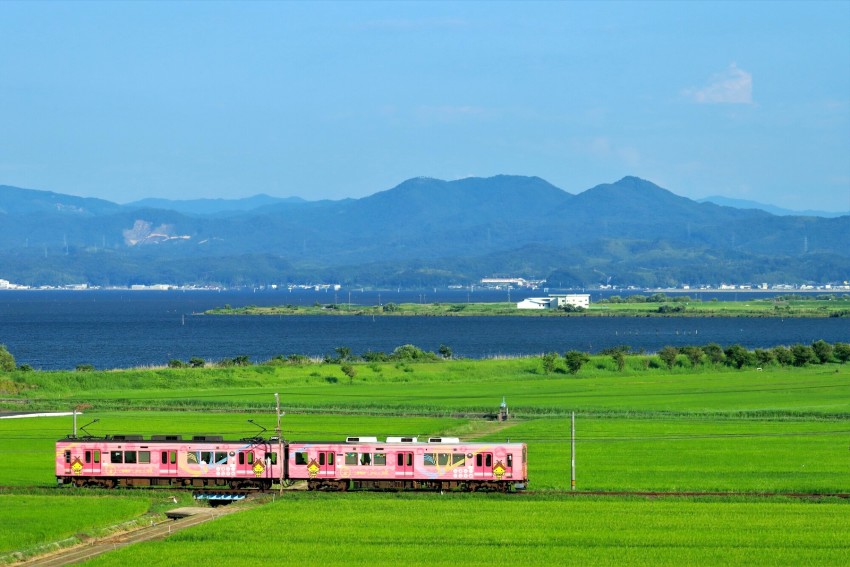














No Comment
Login to comment